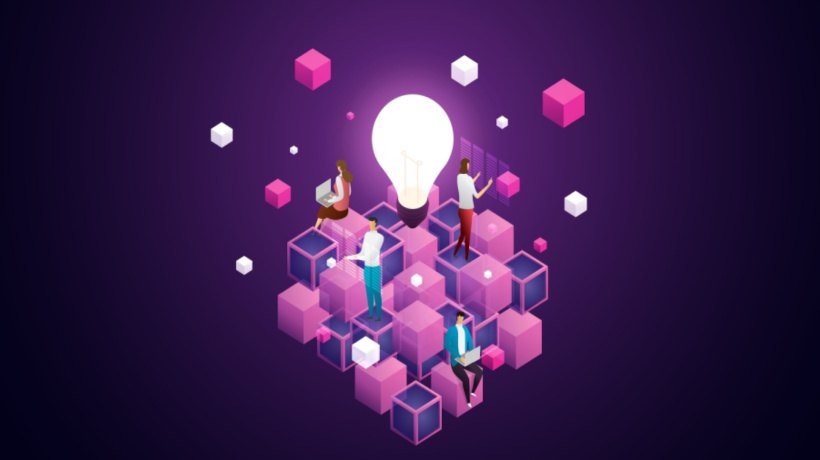The Impact Of Blockchain On The Education Industry
A few years ago, the term "blockchain" was not widely used. Today, we hear much about its use in the financial sector. In some cases, the terms blockchain and cryptocurrency have been used interchangeably. Does blockchain have applications in other fields, such as education? The answer is yes. Blockchain, because it is a decentralized ledger that is also secure, can find applications in healthcare, land documentation, and education. The benefit of using blockchain in education is the security it provides to data and the ability to protect data even if a specific node is compromised.
The education sector adapted to digitization quickly during the pandemic. Blockchain technology has the potential to revolutionize this sector. First and foremost, blockchain can fundamentally alter how students and teachers collaborate and manage academic records. The distributed ledger technology of blockchain can significantly impact the education industry positively, regarding transparency and accountability. Let's examine how blockchain can influence teaching and learning.
Ways Blockchain Is Affecting The Education Sector
The education industry is positioned for disruption as the world grows increasingly digitally advanced. For the past twenty years, we are benefiting from the EdTech industry. This pattern has accelerated the modernization of education. It's time for blockchain technology to speed up the process significantly now. Textbooks are quickly being replaced by technologies like the distributed ledger of the blockchain, Artificial Intelligence (AI), and machine learning (ML). Let's see how blockchain can influence teaching and learning.
1. Smart Contracts For Courses And Assignments
Smart contracts are often used on blockchains. This can aid educators in developing courses and lessons on a blockchain. After the necessary prerequisites are satisfied, the course will be automatically taught and can proceed at its own pace. Students and teachers could sign a smart contract outlining the limitations of an assignment, as well as the due date and the grading deadline.
2. Degrees, Report Cards, And Paperwork
Blockchain's immutable ledger technology creates a chronological record of current events. This can work well for displaying student transcripts, showing a comprehensive report card, tracking attendance, and notifying pupils and stakeholders of their progress. Students can turn in assignments using blockchain without the fear of misplacing them. In addition, students can receive their degrees and diplomas digitally rather than on fragile paper. Digital degrees and certificates are preferable because they are hassle free, organized, and non-cumbersome.
3. Incentivization Of Education
Crypto and tokenization is one of the most significant use cases for blockchain [1]. Professors will soon be able to motivate students by rewarding them with cryptocurrencies if they perform well or complete a specific major. Academic institutions will be able to incentivize students to repay their student debts on time. Additionally, the gamification component of tokenization's teaching methodology can change the teaching-learning process for good.
4. Streamlining Fee Payments
Student tuition payments are a time-consuming and cumbersome process. It involves several parties, including students, parents, banks, foundations or government agencies for scholarships, lenders, and various university departments. However, this procedure can be streamlined with blockchain, resulting in lower administrative expenditures and perhaps even lower tuition rates.
5. Universal Access And Lower Cost
Blockchain technology can offer universal access to open educational resources like books, podcasts, and movies in the public domain, and are free to use and redistribute, in addition to supporting lifelong learning. Blockchain enables the affordable and secure sharing of these resources in a public network. Furthermore, students from remote areas can take courses and examinations digitally through blockchain, and educators can grade them on the blockchain itself.
Conclusion
The main challenge would be determining whether the student information is classified as personal data or not, especially if it is stored on a distributed ledger. With the introduction of cryptocurrencies, blockchains have already begun to change how the financial sector operates.
In the education sector, the possibilities listed above may only be the tip of the iceberg regarding how blockchain will impact the education system in the future. Blockchain applications in education appear to be very promising.
Blockchain has the ability and an immense untapped potential to change the educational environment by creating new, more accessible channels for learning and upending the current relationship between academic institutes and students. The upcoming generations will immensely benefit from utilizing blockchain in the education sector.









